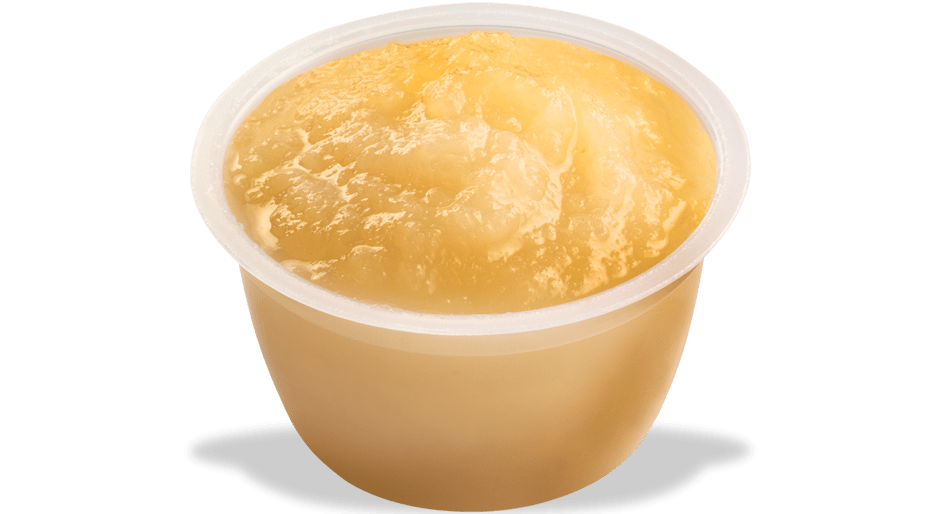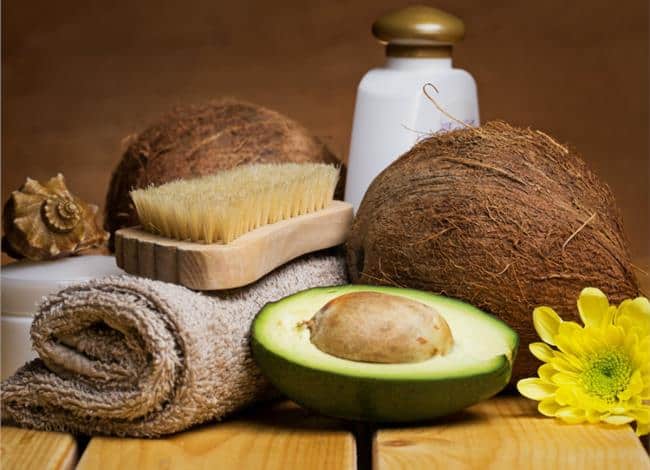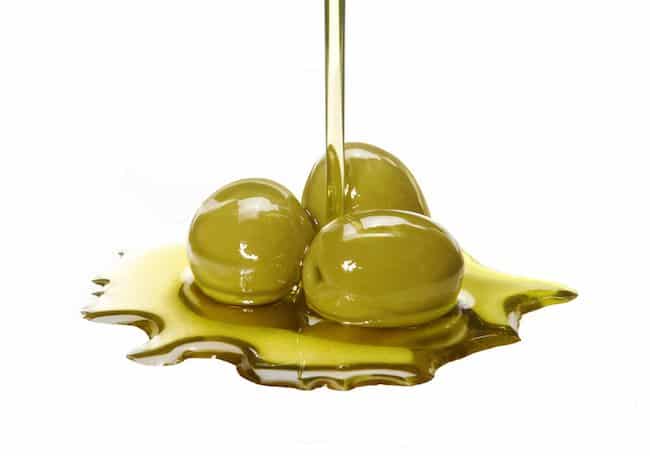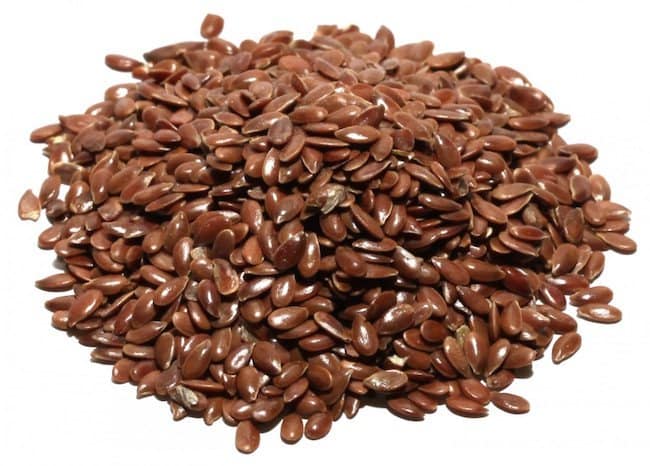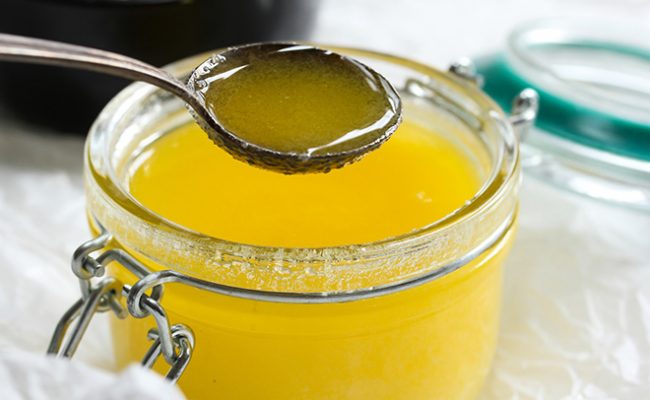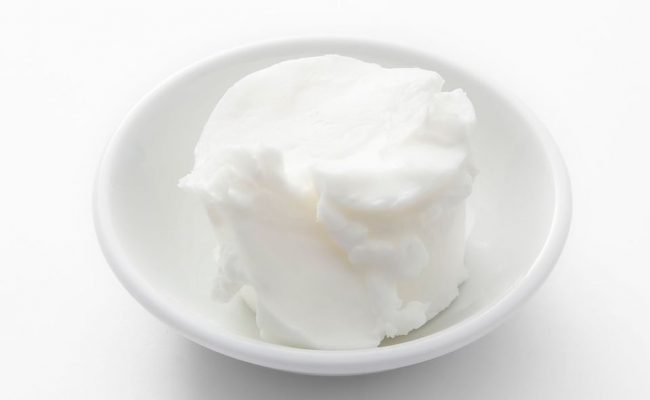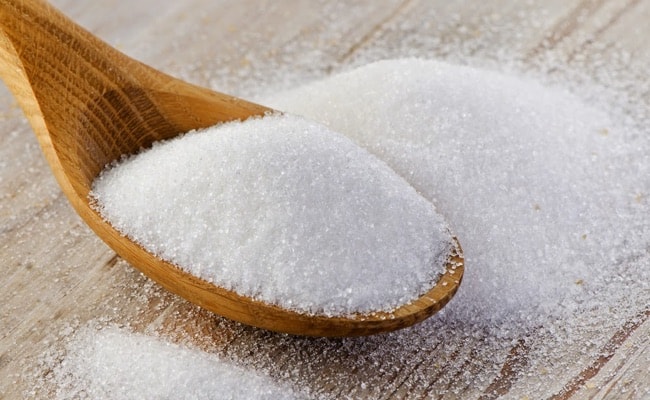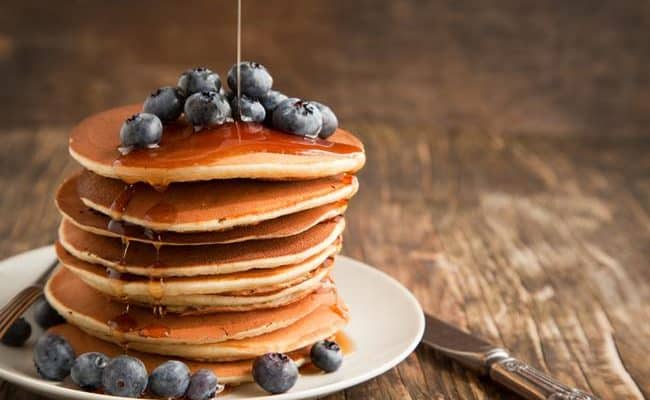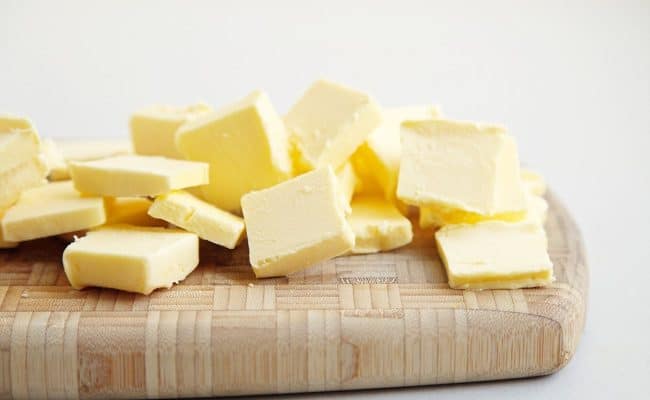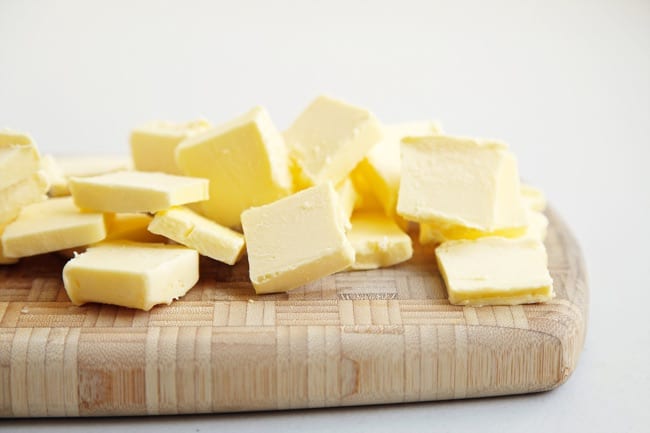
The message for heart health for years has been to lower dietary saturated fat, cholesterol and increase polyunsaturated and monounsaturated fats. However, lately some studies are questioning the dietary fat recommendations.
A March 2014 study (1) in Annals of Internal Medicine concluded there was not sufficient evidence from research that encouraged a higher intake of polyunsaturated fats and lowered intake of saturated fats (like from butter).
Many people rejoiced at these results concluding it must be ok to eat as much butter as you want.
However, as Harvard Health (2) suggests, the results from this study are not as simple as scientists giving the ok to increase butter intake.
What remains important is getting most of your dietary fat from polyunsaturated and monounsaturated fats.
Until more research is clarified, health organizations are still suggesting to focus more on unsaturated fat intake for health.
What you replace saturated fats with can make a big impact on health.
For example, replacing saturated fat with simple carbohydrates is not a healthy substitute.
Replacing saturated fats with monounsaturated fat sources is best.
For example, switching from red meat to wild salmon or replacing butter with avocado are examples of healthy butter substitutes.
Replacing butter with healthier alternatives may be recommended for getting more poly and monounsaturated fats.
Some butter substitutes also provide more fiber and antioxidants as well.
Anytime you are using a recipe substitute, start with substituting half the amount first. Then try working up to full substitution.
#1 – Applesauce
Applesauce provide a liquid binding agent like a liquid fat does and works best in recipes like quick sweet breads, muffins or cookies.
The difference is using something like applesauce will provide more fiber and natural sweetness compared to butter.
The affect on texture when subbing with applesauce or fruit purees can lead to a more dense product.
If additional sweeteners are called for in a recipe, they can be cut down because the applesauce will also add sweetness.
For the healthiest choice use applesauce that is unsweetened and experiment with cutting down the sweeteners in the recipe from ¼-1/2 the amount.
It is also recommended to substitute half of the called for amount butter with applesauce.
However, full substitution from butter can be done.
Keep in mind the more you replace the butter with applesauce, the more the sweetener amount in the recipe can be adjusted so the sugar level isn’t drastically higher.
#2 – Avocado
Avocados are high the heart healthy monounsaturated fat and also a source of fiber, potassium, vitamin C, vitamin B6 and magnesium.
Besides baking, you can use avocados in place of butter in other ways like as a sandwich, toast spread, creamy dressing base or as a dip.
If you are using avocados in place of butter when baking, make sure the avocado is well mashed or blended.
California Avocados Direct (3) suggest smashed avocado can be used as a full replacement for butter when baking.
If you are unsure how subbing with avocado will affect your recipe, start with just subbing half the amount of butter for avocado.
When using avocado, it is also recommended to lower oven temperature by 25 percent which may also increase baking time.
#3 – Olive oil
Like avocados, olive oil is a rich source of heart healthy monounsaturated fats.
Using olive oil instead of butter can lower saturated fat intake while increasing monounsaturated fat and omega 3’s.
Some recipes could have olive oil substituted for butter.
However, some dessert recipes may not be the best for using olive oil in place of butter if a solid fat is needed.
The Olive Source (4) suggests substituting butter for olive oil can be done for most cake and pastry recipes.
You will need less olive oil than butter, so make sure the conversion amount shows this.
For example, if a recipe calls for 1 cup of butter, you would only use ¾ cup olive oil.
There could be some subtle taste differences, but baking should get out the taste of a mild olive oil.
#4 – Flaxseed meal
Flaxseeds are high in heart healthy fats and fiber. In some instances, using flaxseed meal in place of butter could work.
Keep in mind this substitution can take some adjustments.
For example, the liquid ratio may need to be adjusted and texture may be influenced when using flaxseed meal in place of butter.
Livestrong (5) suggests flaxseed meal can be used for a substitute for butter in a 3 to 1 ratio.
However much butter you need for a recipe, multiply it by three to get the amount of flaxseed meal.
For example, if the recipe calls for 1/3 cup of butter, you will need 1 cup of flaxseed meal.
You may also need to add some additional water or other liquid, depending on the recipe.
While this substitution can take some more planning and experimenting, if you can get it to work for some baking recipes you can greatly increase your intake of fiber and heart healthy fats.
#5 – Plain Greek yogurt
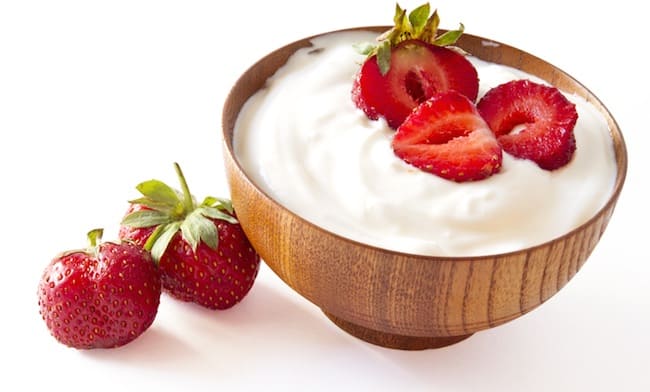
Using Greek yogurt in place of butter can increase the protein and calcium content in the recipe.
Using whole milk yogurt may or may not lower the saturated fat in the recipe, but it can add more protein and mineral content.
Taste of Home (6) recommends using half the amount of butter for yogurt.
For example, if the recipe calls for ½ cup of butter you can use ¼ cup of yogurt.
